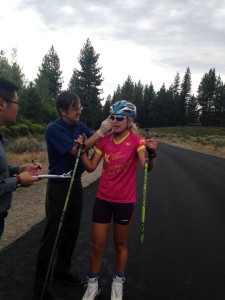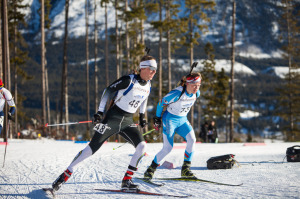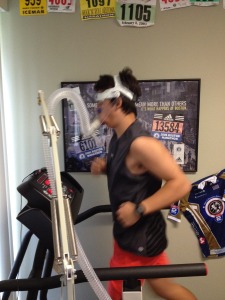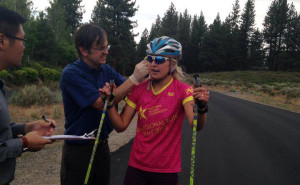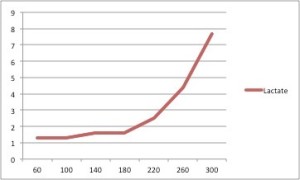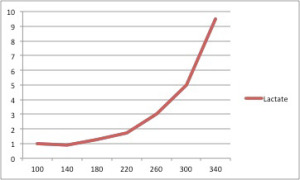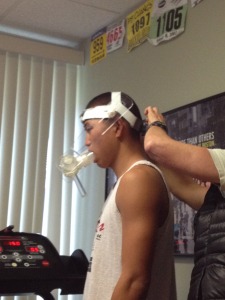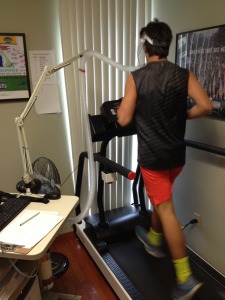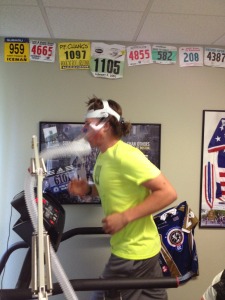Far West Nordic Ski Racing 2015 – Ready, Set Go!
The annual Snowshoe Thompson Classic Race, presented by Silver Sage Sports and Fitness Lab, was held on Sunday December 21st at the Auburn Ski Club Training Center (ASC), kicking off the 2015 Nordic race season. Check out the detailed race report below…
The men’s 10k and the women’s 5k distances were USSA-sanctioned races and Junior National Qualifier’s for juniors from the Far West, with lots of great competition. In addition the men’s 5k was also a JNQ race for boys under age 16. The Snowshoe Thompson a fun interval start race, with competitors starting 30 seconds apart. That means no one really knows who has won until everyone is done racing. The athletes have to work extra hard to push themselves because their competitors are often out of sight, but they also have to pace themselves because it is easy to get anxious and go too hard too early.
This year, the men’s 10k was won by Patrick McElravey, a former Far West junior, now skiing for Middlebury College, with an impressive time of 33:11.5.
In second place was the Far West Elite Team’s Spencer Eusden, followed by Shane Christian of Bridger Ski Foundation. The women’s 5k was won by 2013 NCAA champion Joanne Reid with the incredibly fast time of 17:40.3.
Sugar Bowl Academy’s Hannah Halvorsen was seven seconds back in second place, and in third was the Far West Elite Team’s Emily Blackmer. The 10k women’s race was won by Beth Reid with a time of 38:48.6, good for 19thoverall in the 10k distance. Carolyn Tiernan took home second place and Beth Thomas finished in third. Sam Shoderbek from PNSA won the men’s 5k with a time of 18:32.2. Haydn Halvorsen of Sugar Bowl Academy finished in second, just 12 seconds behind and JC Schoonmaker of Tahoe XC came in third. There was a shorter youth division that was won by Natalie Lang-Ree, who managed to beat out all of the boys and finished in just 6:34.1. The Showshoe Thompson Cup, won by the fastest participants (male and female) over 60, was won by Russell Reid and Caroyln Tiernan this year. The youngest racer on Sunday was just four years old and the oldest racer was Frank Sarnquist at 72 years old.
There were many college racers home for the holidays to participate in the Snowshoe Thompson, including 10k winner Patrick McElravey, Laurel Fiddler (Bates), Bria Riggs (Bates), Joelle Romo (MSU), and Austin Meng (St. Lawrence). The Far West Elite team also posted some great results. In part because of the participation of these older, more accomplished racers, all athletes were able to earn good USSA points. Another factor in the great points available in this year’s Snowshoe Thompson was the participation of junior racers from teams all around the Pacific Northwest Ski Association (Far West’s regional neighbor to the north). Some of these teams drove as much as 15 hours to compete, and their presence helped make the day so much fun!
Auburn Ski Club is very thankful for its race sponsors. The Snowshoe Thompson was sponsored by Silver Sage Center in Reno, NV. Silver Sage’s support made this race possible and the ASC Training Center is especially thankful for their generosity. In addition the Snowshoe Thompson is supported by Hammer Nutrition and by Salomon,Swix and Fischer. ASC would like to extend a huge “thank you” to all the sponsors for helping to make the Snowshoe an amazing event.






